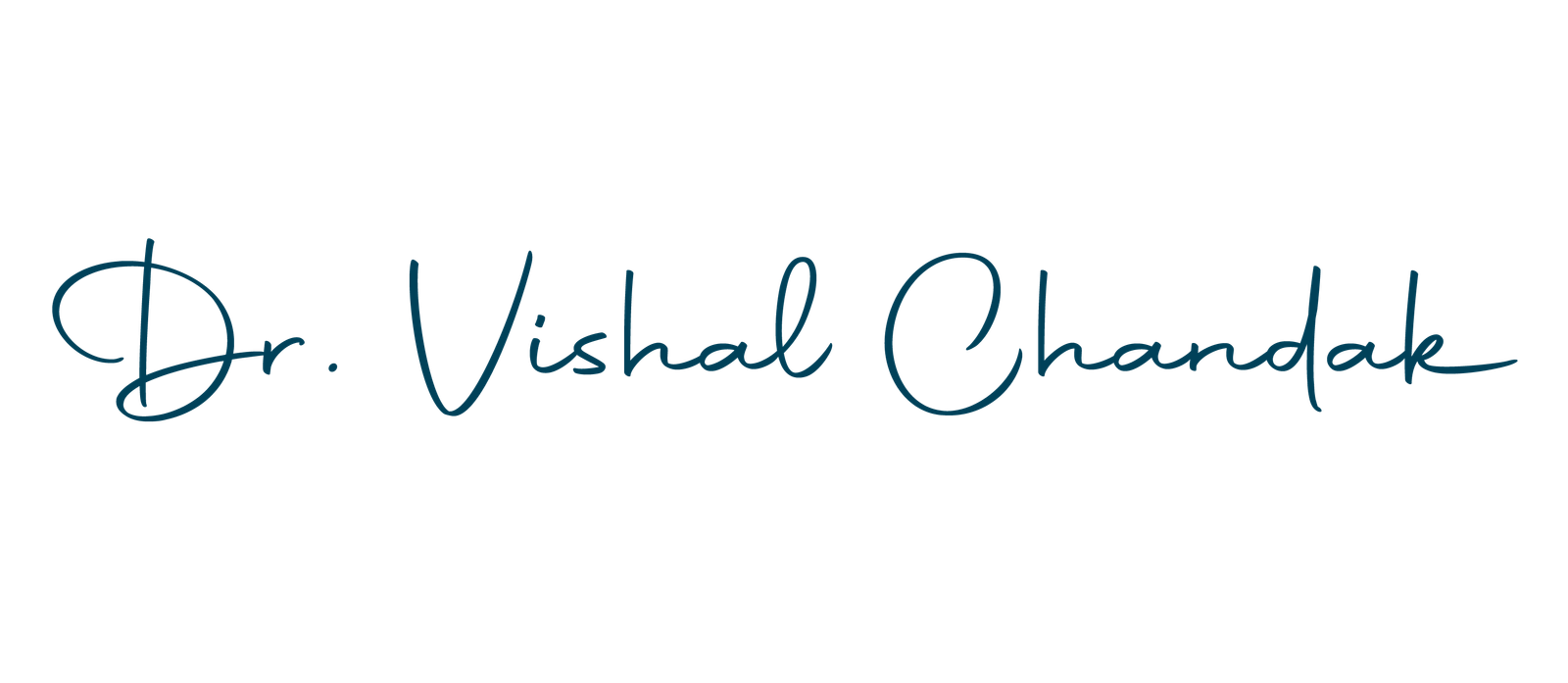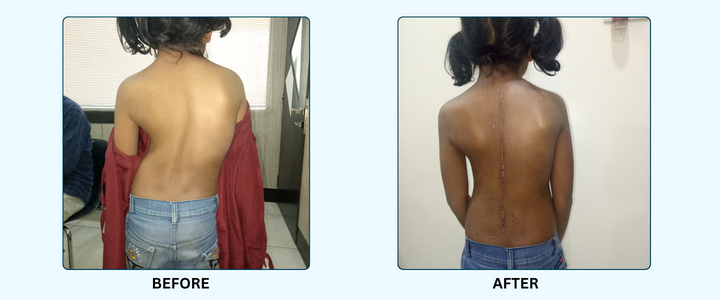1
1.What are Spinal Deformities?
Spinal deformities in children refer to abnormal curvature or alignment of the spine during development. These deformities can include conditions such as scoliosis (sideways curvature of the spine), kyphosis (excessive forward curvature of the upper back), and lordosis (excessive inward curvature of the lower
back). Spinal deformities can be congenital (present at birth) or acquired due to factors like poor posture, injury, or neuromuscular conditions. Treatment may involve observation, bracing, physical therapy, or in severe cases, surgery to correct the curvature and prevent progression or complications. Early detection
and intervention are crucial for optimal outcomes.
Book an Appointment
Book an appointment with Dr. Vishal Chandak for expert Orthopedic Treatments & Consultations
2
Conditions with Symptoms
- Abnormal lateral curvature and rotation of the spine.
- Progression during periods of rapid growth in adolescents.
- Pain, respiratory issues, or compromised quality of life in severe cases.
3
Conservative Treatment Options:
- Observation for mild cases, monitoring progression.
- Bracing for adolescents with moderate scoliosis during growth spurts.
- Physical therapy to enhance core strength and flexibility.
4
Surgical Treatment Options:
- Spinal fusion surgery for severe or progressive cases.
- Anterior approach through the chest cavity for thoracic spine curvature.
- Posterior approach through the back for spinal correction.
- Minimally invasive techniques like video-assisted thoracoscopic surgery.
5
When is a Surgery Required?
Indications:
- Considered for curves exceeding 40-50 degrees.
- Recommended for progressive curvature, pain, or respiratory compromise.
- Timing depends on degree, skeletal maturity, and symptoms.
6
Risks and Benefits:
- Informed discussions about potential complications.
- Risks include infection, neurological injury, and potential need for revision surgery.
7
Our Approach
Pain Management & Post-op care:
Comprehensive postoperative care for healing and pain management.
Physical and occupational therapy for mobility and strength.
Long-term follow-up for spinal alignment and potential complications.
Holistic Management:
Tailored approaches based on the severity of the spinal disorder.
Collaborative care involving orthopedic surgeons, rehabilitation specialists, and healthcare providers.
From diagnosis through surgery to postoperative rehabilitation, a holistic approach for optimal outcomes.
How Dr. Vishal Chandak Stands Apart?
Dr. Vishal Chandak sets himself apart in orthopedic trauma care with:
Vast experience in treating pediatric fractures and musculoskeletal injuries.
Expertise in growth plate considerations and age-specific treatment approaches.
Comprehensive approach focusing on long-term functional outcomes and minimizing complications.
Personalized care and compassionate support for patients and their families.
Dr. Vishal Chandak stays updated with the latest orthopedics, ensuring cutting-edge treatments for patients.
Dr. Vishal Chandak works closely with specialists to provide comprehensive care, promoting holistic treatment approaches.
8
Our Facility
DID YOU KNOW?
Did you know? Spinal disorder treatments for children, overseen by Dr. Vishal Chandak, demand a systematic approach. Conservative options like observation, bracing, and physical therapy may suit mild to moderate cases of scoliosis, while surgical interventions, including spinal fusion, become crucial for severe or progressive conditions. Our collaborative care model ensures comprehensive management, guiding children toward healthy spinal development and brighter futures. Consult Dr. Chandak for personalized evaluation and treatment plans.
9
Our Support Team
Consultant Paediatrician

Dr. Atish Laddha
Paediatric Haemato-Oncologist

Dr. Shraddha Chandak
Paediatric Orthopedic surgeon
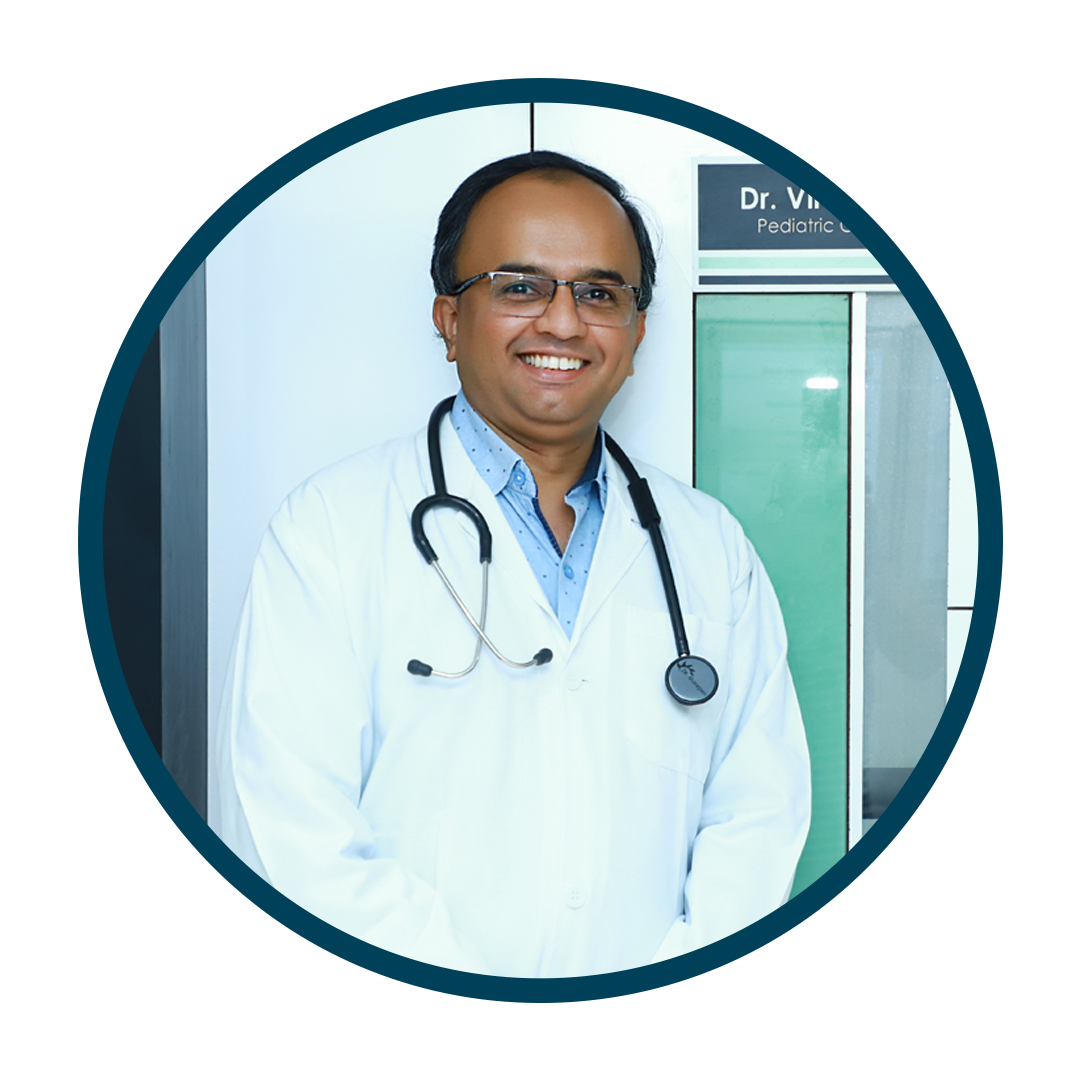
Dr. Viranchi Vaidya
Consultant Paediatric Nephrologist

Dr. Pankaj Bhansali
Paediatric Neurologists
Rehab Specialists

Dr. Varsha Vaidya
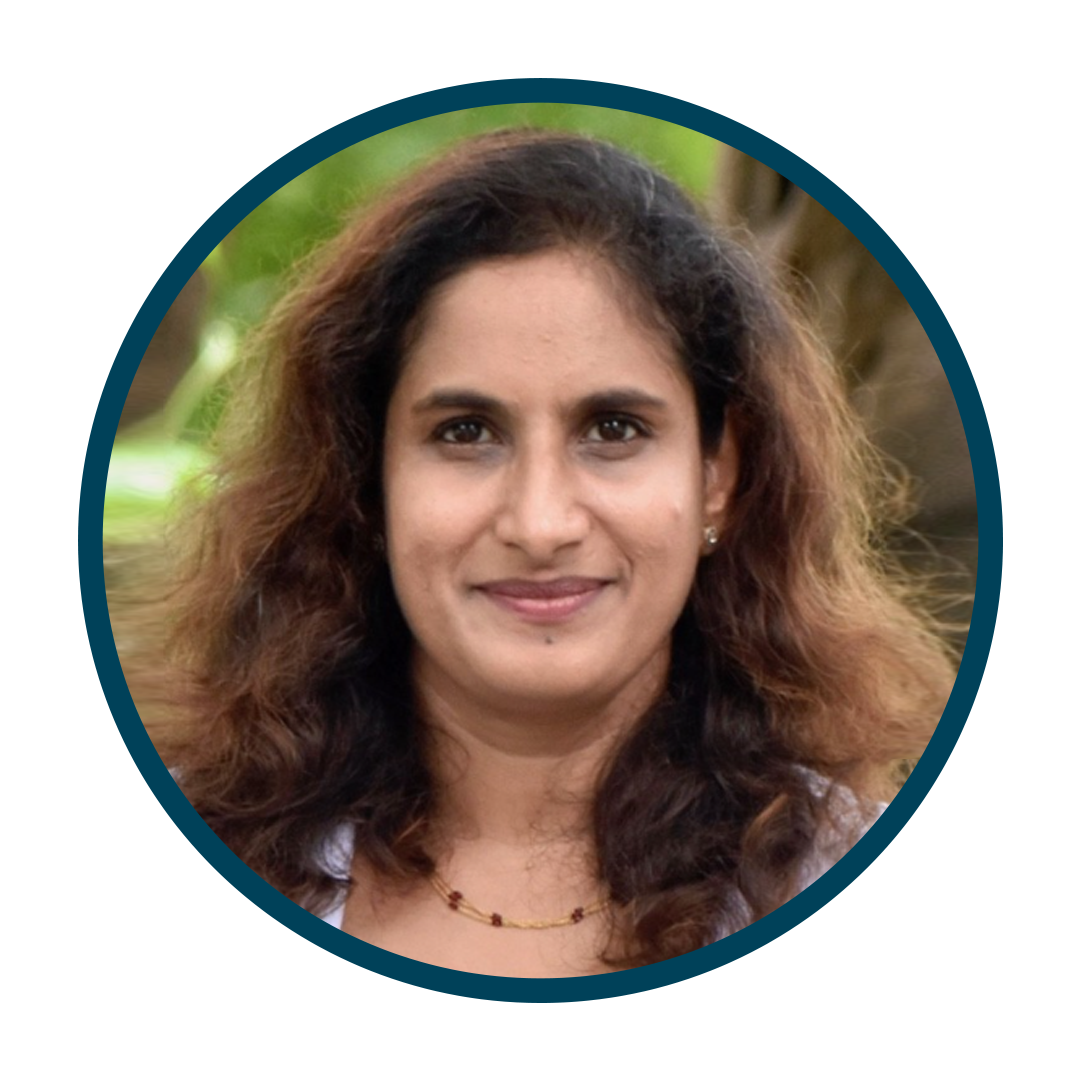
Dr. Madhavi Shelake
Rehab Specialists

Dr. Sandip Saraf

Dr. Pooja Patel

Dr. Monali Nawal
Paediatric Anaesthesiologist

Dr. Shivraj Chilwant

Dr. Prasad Deshpande
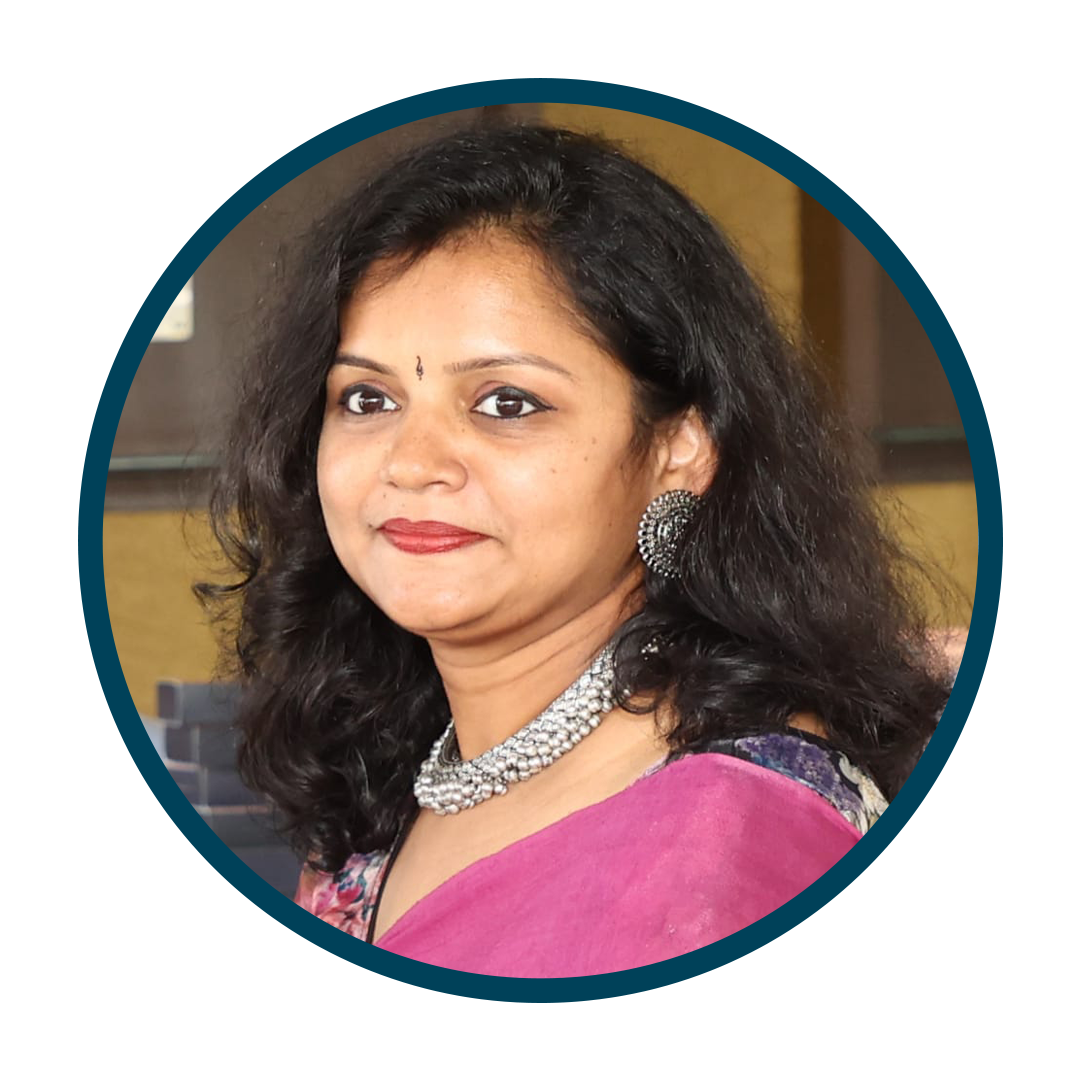
Dr. Renuka Marawar
10
Frequently Asked Questions
What is scoliosis?
Scoliosis is an abnormal sideways curvature of the spine. It can affect children and adolescents and is more common in females.
How is scoliosis diagnosed?
Diagnosis typically involves physical examination, posture screening, and X-rays of the spine. In some cases, MRI scans may be needed for further evaluation.
What are the treatment options for scoliosis?
Treatment depends on the severity of the curve. For mild curves, monitoring may be sufficient. Bracing is often used for moderate curves to prevent progression. In severe cases, surgery may be recommended to straighten the spine and prevent further complications.
What are the signs and symptoms of scoliosis?
Scoliosis may not cause any symptoms in mild cases. However, signs like uneven shoulders, a prominent rib cage on one side, or a tilted pelvis can be present.
Can scoliosis be prevented?
There’s no guaranteed way to prevent scoliosis. However, early detection and maintaining good posture can be helpful.
How will scoliosis affect my child's life?
Early diagnosis and proper treatment can help most children with scoliosis lead active lives with minimal limitations.
What are some emotional challenges children with scoliosis might face?
Concerns about body image and self-esteem are common. Open communication and support can help your child cope with these emotions.
Are there scoliosis exercises that can help manage the condition?
While specific exercises may not correct the curvature, physical therapy can help strengthen core muscles and improve posture, potentially reducing discomfort and supporting overall well-being.
